My average screentime is eight hours and 44 minutes a day. Meaning, I spend more time on my phone using apps like TikTok, Instagram, and Twitter than I do sleeping (my nightly sleep time is around seven hours.) Technically, I fit into the category of being “chronically online,” defined as someone whose entire existence revolves around being on the internet.
I like to tell myself I’m not the only one on my phone for more than I should be. So what, exactly, is the ideal amount of time to spend on your phone? The tricky part is that there aren’t any solid guidelines.
In one 2018 study in the Journal of Social and Clinical Psychology, researchers found that college students who cut back to no more than 30 minutes per day on social media had improved well-being compared to those who didn't, including decreased symptoms of depression and loneliness.
In general, experts recommend that you spend at least three to four hours daily without any screentime; long periods of screentime or social media time are associated with higher risks of digital eye strain, poor sleep, and even anxiety and depression. Taking breaks, avoiding screens for an hour before bedtime, and other steps can help.
All I know is that I’m actually ending up with a little more than the average amount of time (six to eight hours) that Gen Z spends online. Before you ask: Yes, I have tried limiting my screentime, which you can often do in the settings of your phone or social media platforms. The problem is, you can turn any limits off immediately after the notification tells you your limit has been reached.
A disadvantage is that my job revolves around news, so I tend to be online for work — or at least that’s what I tell myself as I toggle through apps like TikTok, Instagram, and Twitter. I need to keep up with the news and trends on social platforms. Where else can I find out that Prince Harry had a frostbitten penis at William and Kate’s wedding besides Twitter?
In reality, I have raging FOMO. What if my friends make plans without me? What if a Frank Ocean album drops? A new strain of COVID I should be aware of? The need to belong is connected with problematic phone use, contributing to mood disturbances, social media addiction, fatigue, stress, and poor psychological well-being, according to a 2022 study in Human Behavior and Emerging Technologies. The drive to be socially connected is as fundamental as food and sex, according to the author of the study.
Considering that I’m someone who writes about health and has researched the effects of social media on mental health, you would think I’d slow down on media consumption, but since I downloaded Instagram at 13, I never have. I wanted to see how a phone-free week would affect my mental health and if the experience would inspire me to deactivate more often.
So I decided to lock my phone away for the week.
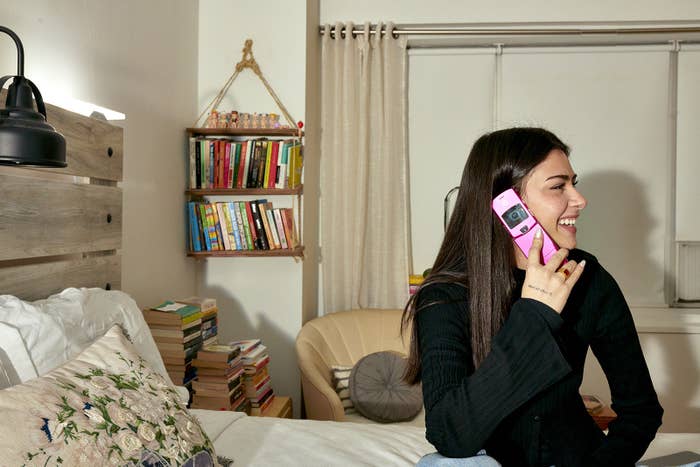
I bought a pink Motorola Razr V3xx because of the iconic photos of Paris Hilton at the 2006 launch party. (The phone was relaunched on the market in 2020 with a price tag of about $1,500, although you now can get it for around $600.)
Since the hot pink Motorola V3 Razr was discontinued (and I didn’t want to spend $600), I purchased one for around $40 on eBay with an additional $20 SIM for a month’s use ($60 total), which is a lot cheaper than its original $500 cost.
However, I failed to do my research before my eBay purchase and only learned after the vintage phone arrived that cellular carriers no longer make SIM cards for flip phones made in 2004. (Here’s what the company says about getting it hooked up to 4G or 5G networks if you buy a new one.)
After going into every carrier store that might support my 2G speed, including Mint Mobile, Boost Mobile, and Cricket, I started my week with an unsupported and incompatible SIM. A compatible SIM would have made texting, emailing, and connecting to the internet a lot easier. However, I didn’t mind the additional limitations on my internet use.
I could make calls to family and friends that had my new number. However, I couldn’t utilize the flip phone’s features unless I was connected to Wi-Fi. I could, however, take photos and make emergency calls, which was enough for me to continue the week.
Compared to my iPhone, using the Razr was simple and easy to use to stay connected, despite the inability to send texts. If I really needed to, I could send an email instead, but I found myself taking 10 minutes for a 30-second response due to the flip phone’s old-school keyboard that crammed in three characters per key.
An additional downside was strange looks from people on the train as I struggled to type a response.
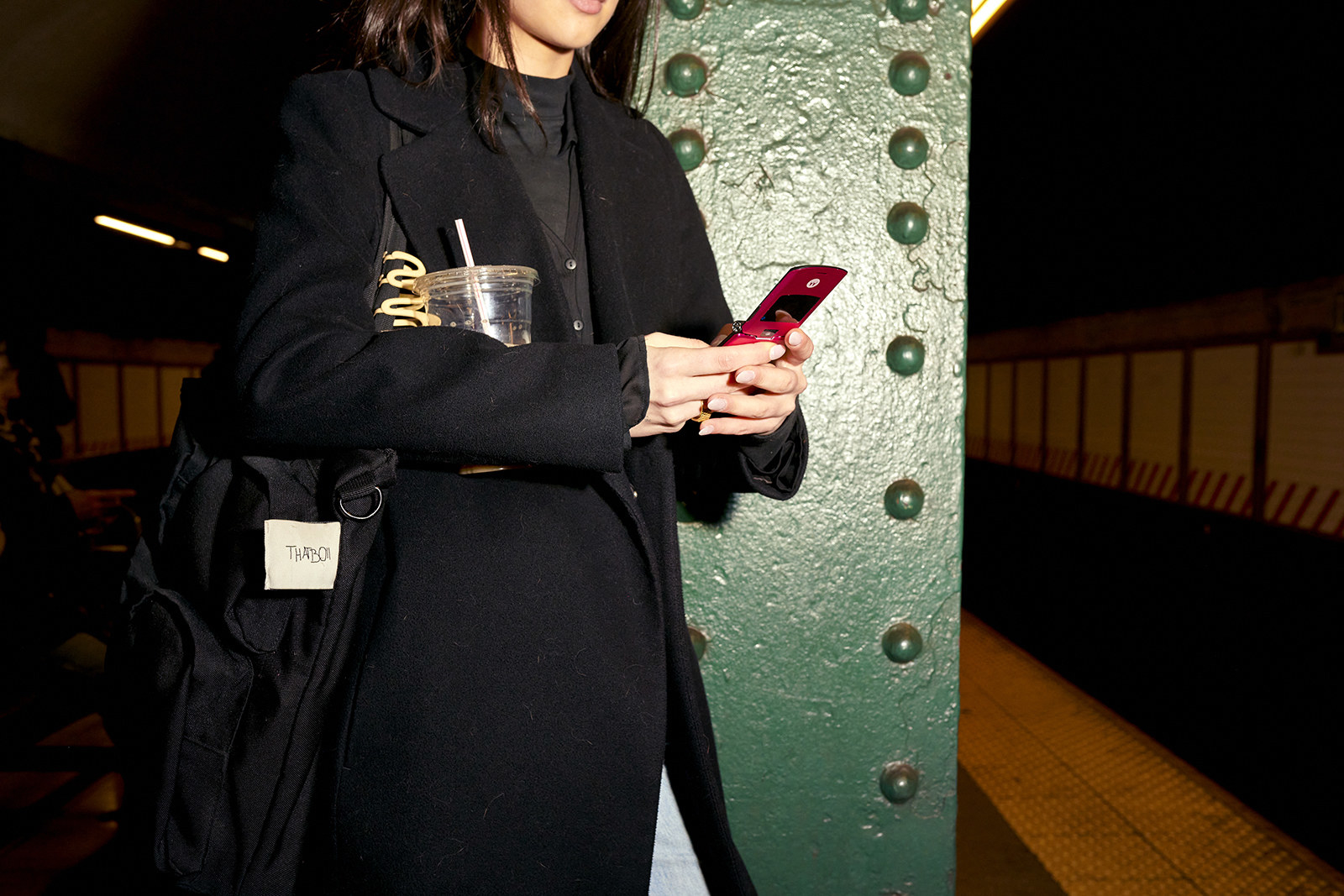
The first two days of my grand experiment started on a weekend. My anxiety kicked in immediately: I assumed I was missing out on an event. I started calling my friends and family and was reassured that absolutely nothing was going on. I eventually started calling them for news updates — which I stopped doing because I felt I was cheating during my phone-free week.
I asked Lindsay Bira, a clinical health psychologist based in Florida, why this initially made me more anxious. She told me that FOMO is a result of survival signals in the brain, driving us to be a part of a group to have access to resources and safety.
“Being alone or out of the loop can be read by the deep brain as a survival threat when it really isn't a threat, and the real problem might be overusing social media or being attached to people and content that makes us feel bad,” Bira said. “It is important to learn how to tolerate the feeling of being disconnected or left out until our brain understands that it is not a problem, which allows us to self-regulate without reaching for the phone, and we develop a deeper, healthier connection to ourselves.”
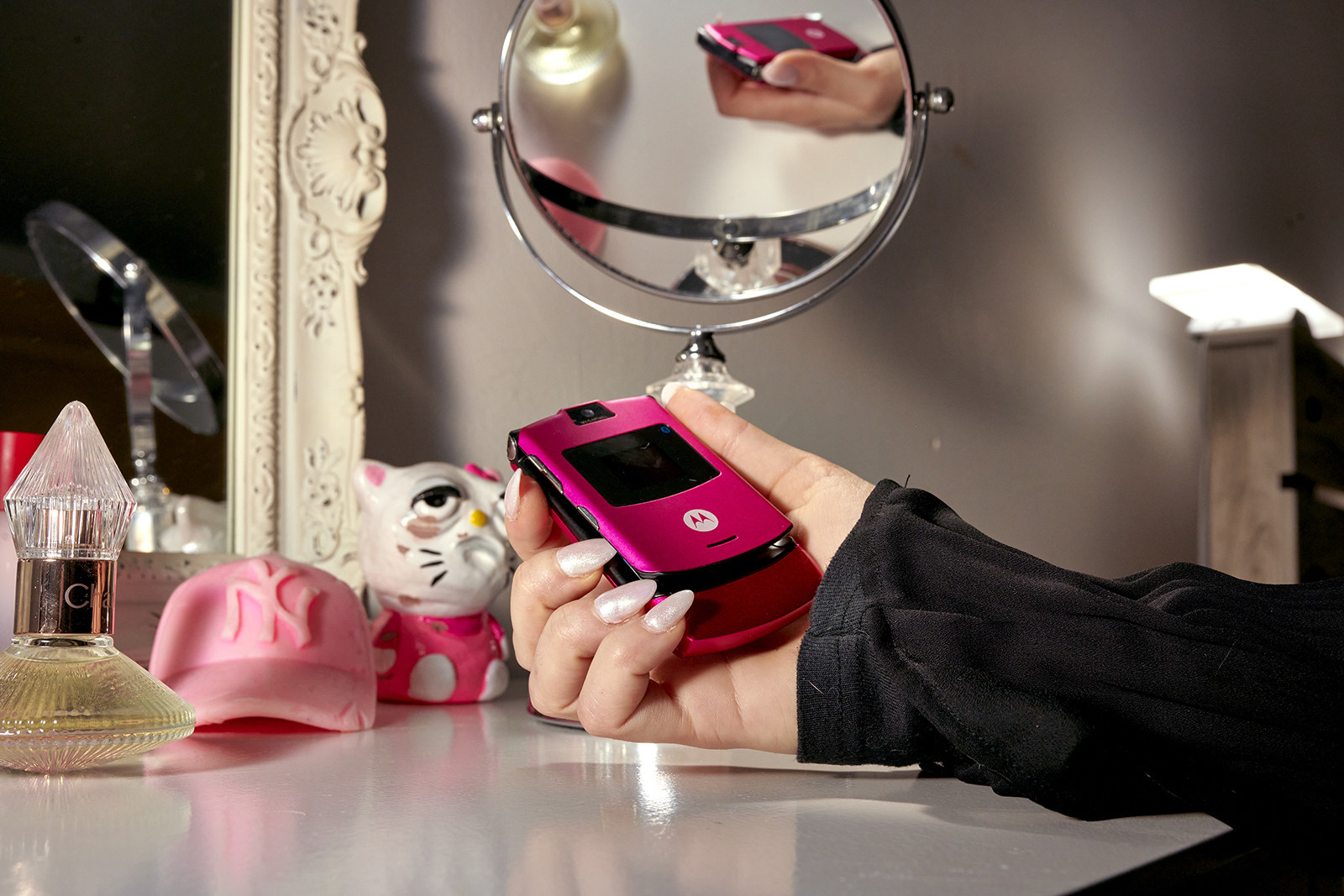
I started calling friends when I wanted to hang out, which I don’t think I’ve ever done because of how easy it is to access people through text or social media. Talking on the phone is a lost art. There’s much less miscommunication compared with communicating over text. And instead of the usual multitasking I do, I was present, being a better listener and feeling more connected.
When you’re not on your phone, you start noticing how many people are staring at tiny screens. Lunch, meetings, work, on the train, dinner with a close friend — everyone is always on their phone. I realized how many times I was probably “phubbing” family and friends. More than 17% of people phub others up to four times a day, which means they use their phones in a social setting instead of interacting with people present. Without my phone, I felt like I was adding more to my conversations with friends. I wasn’t hovering over my phone to see if I received texts, emails, or DMs.
“If someone is always on their phone, they are training loved ones to lean away from them emotionally,” Bira said. “This is where we feel disconnected, misunderstood, and empty. The goal is to be intentional about presence, eye contact, giving someone warmth and attention, and proper feedback to show we care. Or if you really don’t care about someone or they bother you, it’s time for a new relationship — not just escaping and avoiding them through a phone!”
After the week was over, I got out of the habit of holding and unlocking my iPhone without conscious thought, hovering over apps for my influx of news and information. I looked at different outlets for news at work instead of the occasional scroll on social media. I read more medical journals and studies for topics I was writing about instead of looking through TikTok health trends.
At home, I decided to get back into reading — a hobby I thought I didn’t have the time for. I got back into photography, taking pictures of friends and family, and even took some on my flip phone.
Mental health effects
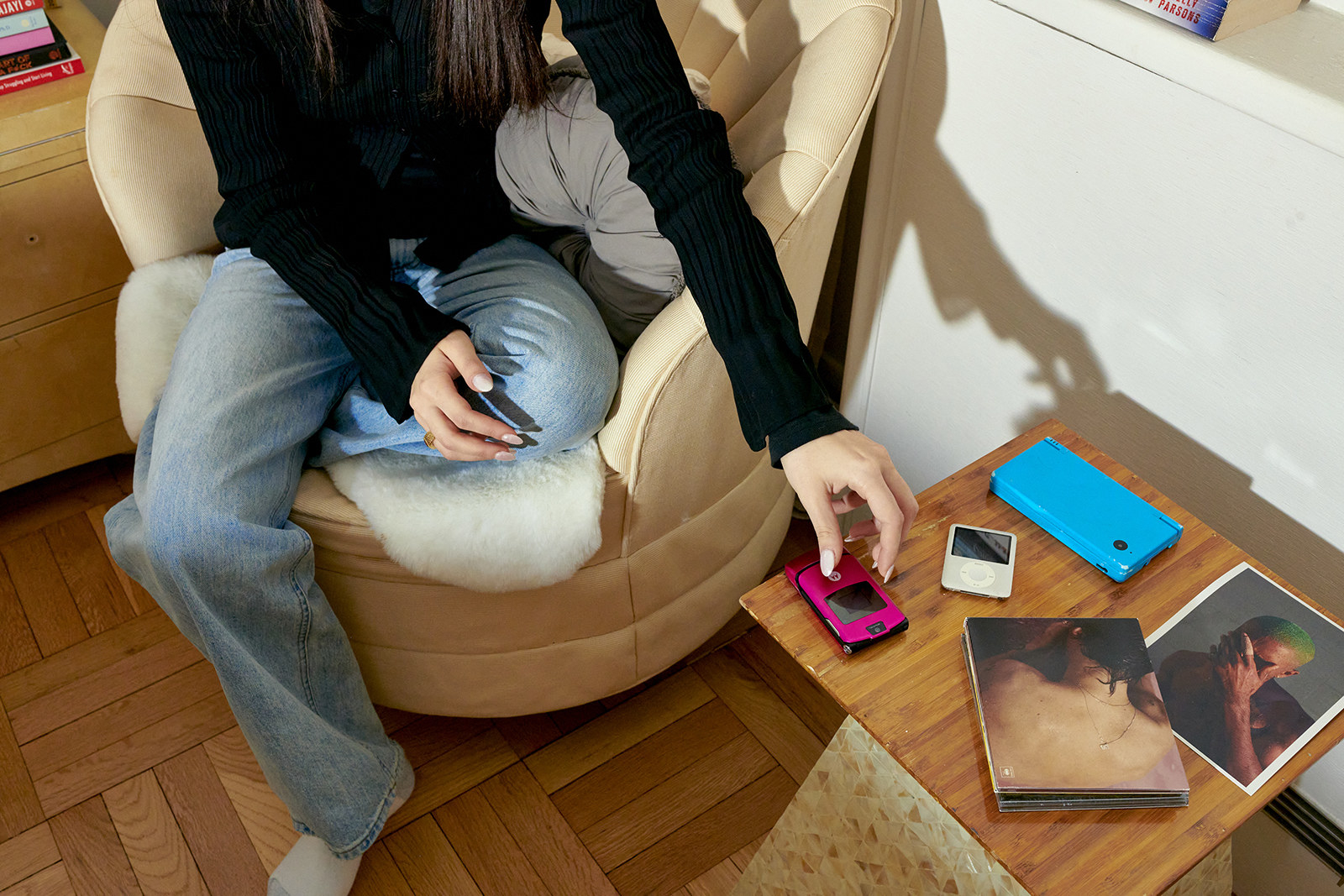
As the week came to an end, I had gotten used to not carrying my iPhone with me. Friends and family knew where to call me, and by the time the week was over, they expected me to make more phone calls rather than to text or DM.
Luckily, I followed the same route to work every day, so I didn’t need the phone’s GPS to navigate anywhere. However, if I ended up meeting with a friend, an exact street address needed to be sent. Overall, it was surprisingly not as frustrating as I thought it would be to not have the GPS function.
The need to keep up with news, trends, and the social calendar of friends and family slowly left my everyday thinking. Information I found important made its way to real-life conversations. I didn’t feel like I needed to be the first to comment on what was happening on each platform.
“Limiting social media time will be beneficial only if it is done intentionally and replaced with activities that we know build emotional balance and growth: face-to-face time with people who fuel you, meditation, exercise, walks in nature, traveling, reading interesting content, learning new skills, creating new business projects, and making sure you're eating and sleeping very well,” Bira said. “We all have the responsibility to understand what's healthiest for the brain and how to put that into place effectively.”
Some takeaways from my phone-free week
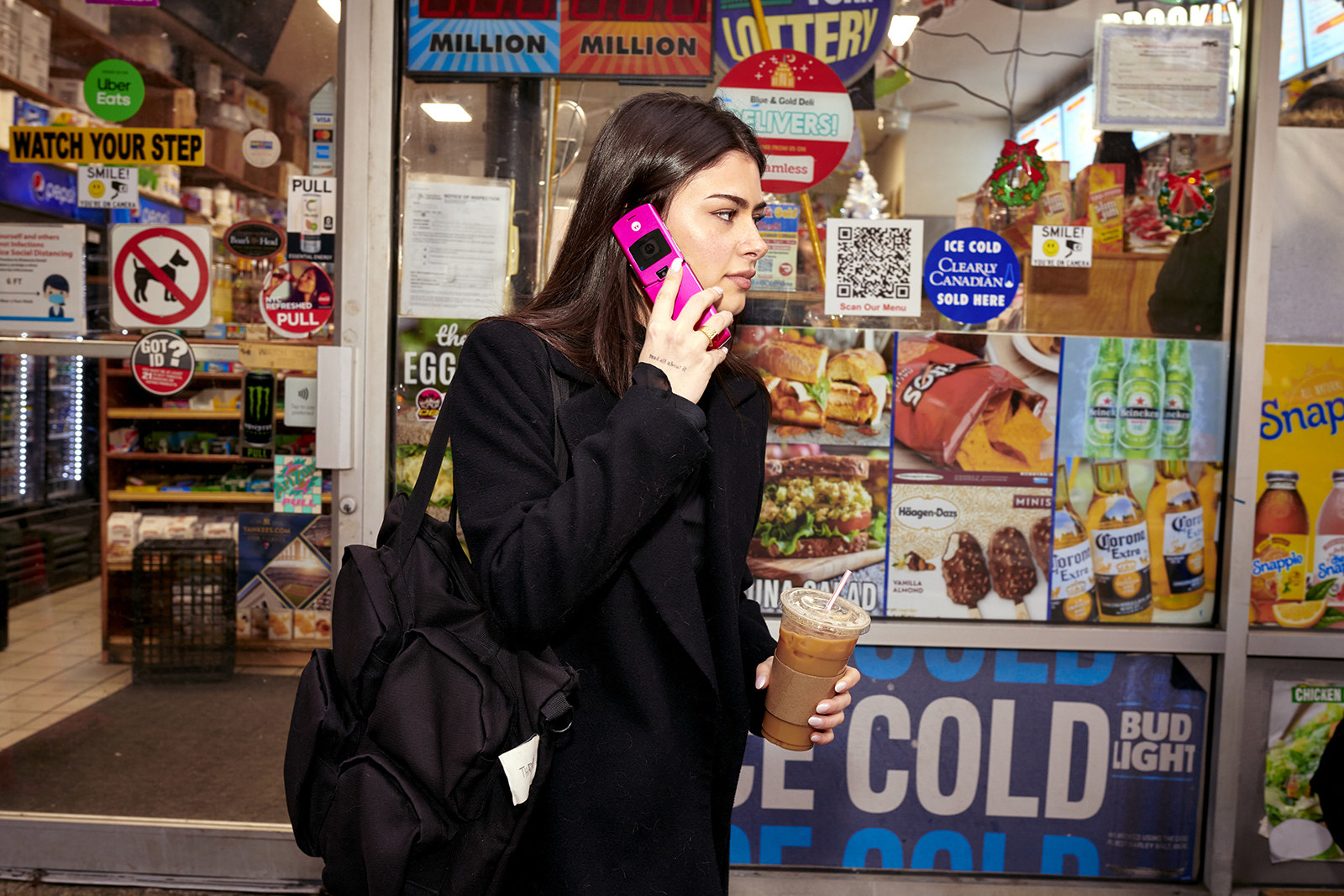
- You’re (probably) not missing anything. If you think you are, you’ll see it eventually.
- Don’t be afraid to call people. They’ll appreciate hearing your voice more than you think they will.
- Nothing anyone is posting is worth more than your mental health.
- Limiting your social media activity doesn’t have to be drastic. If you can lower your use by 5–10 minutes, that’s also a win!
Will I ever use my Motorola Razr in the future? Possibly. In my experience, the positives outweighed the inability to use certain features that I’ve become accustomed to using. Since limiting screentime isn’t the best option for me, having the option to switch back to the flip phone is a great way for me to take a social media break.
It’s probably not realistic for you to completely switch out your phone for a 2000s flip phone that most carriers no longer support, but it might be fun to have a backup for a needed social break.
In fact, people on TikTok are using “vintage” flip phones like the Razr specifically for parties and social events so they can curb embarrassing posts and texting their exes while still staying in contact with close friends.
“If screentime is a problem, switching to a flip phone for a couple of weeks absolutely aligns with science about how to break a habit,” Bira told BuzzFeed News. “It can be tremendously helpful to gain a new normal, help shift perspective, and realign with values around social media use. However, I don’t recommend this for the long-term because it would be limiting — we have to learn to evolve with technology by creating a healthy relationship with it, so that we can maximize its benefits in all areas of our lives.” ●
